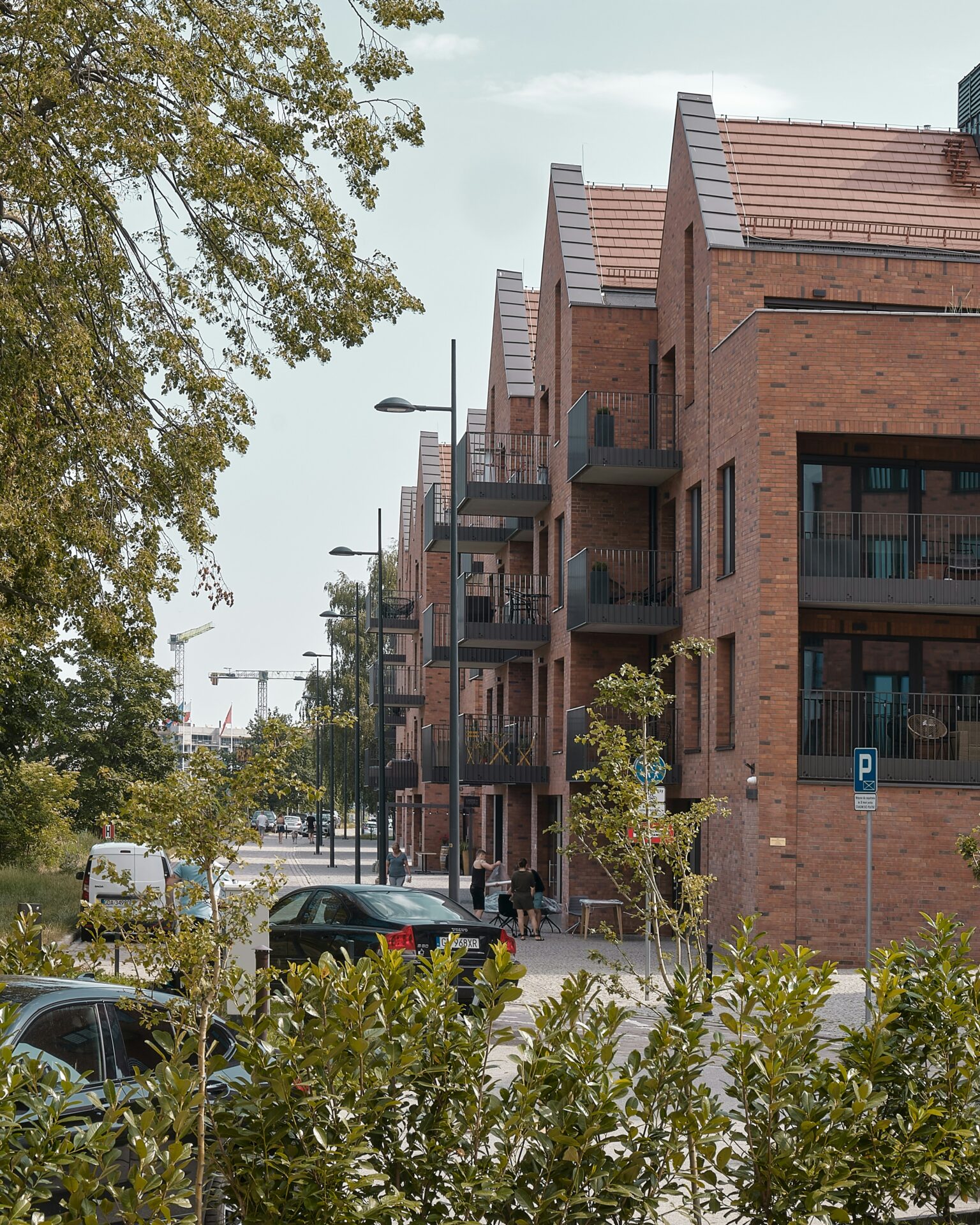Tom Petty and the Heartbreakers probably were not singing about interest rates in their 1981 hit “The Waiting,” but for investors and developers, waiting for interest rates to fall is the hardest part. Back at the end of 2023, everyone in real estate was certain that the Federal Reserve would do what they were supposed to do and drop interest rates dramatically in 2024.
Unfortunately for developers reliant on low interest rates, sticky inflation and a strong economy kept the Fed dovish. So short-term rates fell only 1.00% from where they started 2024. Also, in the category of unfortunate for developers, the long end of the Treasury curve moved upward reflecting a strong economy. The 10-year Treasury ended the year at 4.58% — .63% above where it started the year. Not what anyone expected or wanted to see.
So, is 2025 the year that rates will finally cooperate? According to the Fed dot plot, which accurately projected the subtle fall in short term rates for 2024 in December of 2023, short term rates could fall another .25% to .50% in 2025. In other words, keep on waiting if you are waiting for rates to fall dramatically before you transact.
Trends across the nation in 2024 were evidenced locally, as were projections. In the case of multifamily assets, they continue to be the belle of the ball. Nationally, the largest percentage of sales occurred in the asset class and that was the case locally as well. The story of supply versus demand is playing out across the country, where 2024 saw the largest amount of inventory (new supply) come online in history. This was not fully met with new demand, which slowed rental growth dramatically. However, 2025 deliveries are expected to be the lowest in 9 years. And with more potential home buyers stuck as renters, there is expected to be a drop in vacancies as well as stronger rental growth.
This storyline in Richmond is slightly different. Strong demand in 2024 outpaced supply bringing vacancy down. New deliveries are projected to be slightly higher in 2025 than in 2024, but demand is expected to continue keeping things in balance. Deliveries in 2026 and beyond are less predictable and currently are expected to be dramatically lower than the pace seen over the past 4 years.
Nationally, industrial properties took 2nd place for volume of sales and that was also the case in Richmond. Many markets have an abundance of new supply that is expected to slow rental growth nationally as it gets absorbed. The Richmond industrial market, however, has no such issue with over supply and remains one of the healthiest in the country. Very little new space is projected to come online in 2025 which should allow for a strong year.
Retail sales volume came in a close 3rd in sales volume both nationally and locally. Tight supply and a lack of new space will continue to help landlords. Mall space is being reimagined everywhere and that is also the case in Richmond. This year should bring more clarity on what will become of Stony Point Mall and Chesterfield Towne Center, the latter of which was being marketed but was unsold as of the end of the year.
Bringing up the rear both nationally and locally are office properties. Uncertain demand, working from home and overleveraged assets have been the storyline with some of the biggest names in the country losing control of assets over the year in what were formerly the best markets. Locally, the damage has been more controlled with vacancy staying relatively low and leasing activity picking up.
Rates are not particularly helpful in this environment but there are plenty of opportunities to transact in 2025, so to quote Tom Petty “you don’t have to live like a refugee.”


